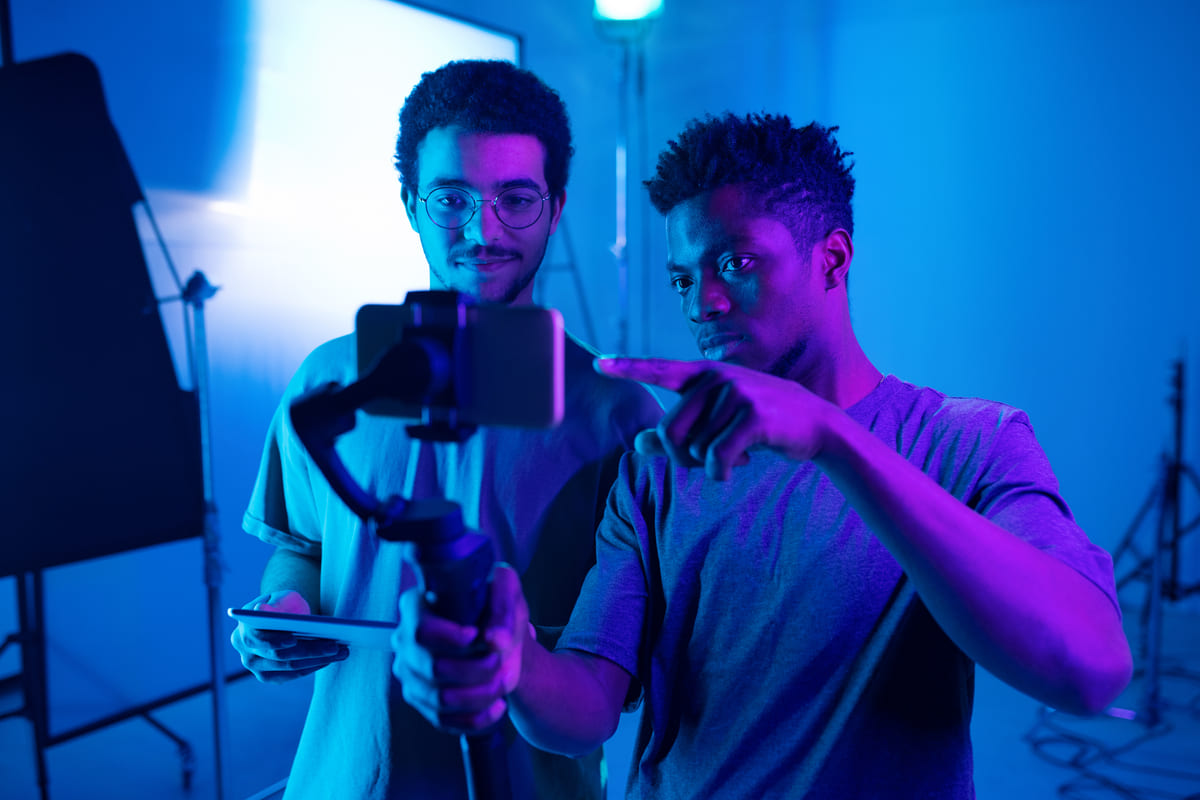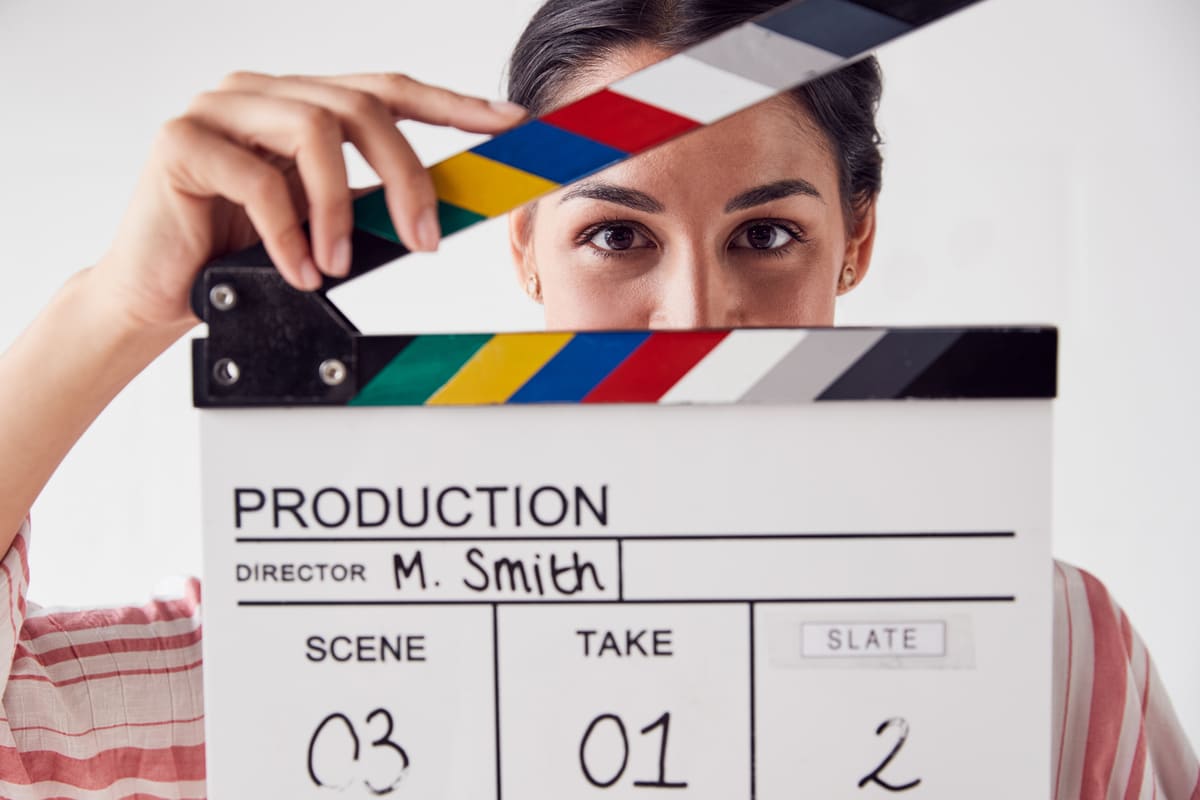Pre-production
On a video production, the director will be involved right at the beginning, during the pre-production stage. Dependant on the input from a client (whether it be a movie studio, record company, a creative agency or a companies’ marketing director), the director will normally be given a reasonable deal of carte blanche to decide the tone and texture of the finished video. The director will engage in a series of meetings with the client to establish what is needed. The director is normally assisted and kept in check at this stage by their producer, who is more aware of the budgetary and practical aspects of production.
The director will assist with the production of a script and frequently a storyboard, which will help everyone envisage what the video will look like. It is also usual for the director to help in hiring the production crew for the shoot. It is very usual for the director to have a preferred Director of Photography to work with, as well as camera crew and post production and motion graphics people.
The director will also help with casting of the video. Casting sessions will almost always include the director, who will advise and critique potential cast members, ensuring they will fit in with the “look” of the video.
Production
This is the stage where the director needs their game face on. The entire video production pivots on a good shoot, so time taken in pre-production is vital. The director will be first on set with their producer and crew. If the shoot is in a studio or in an interior location the director will be working with their camera crew to set up lights and the camera in the first “set up”. Now depending on the scale and complexity of the shoot, this can take anything from a few minutes to a number of hours.
During this time the director may well also need to be discussing dialogue and motivation with their actors/featured players. Actors by definition need a lot of looking after and if you have a employee or person not familiar with being in front of a camera, reassurance is needed. This period of busyness is helped by the fact that the director will have a crew around them who know what they are doing and will endeavour to make the experience as painless as possible. The producer will be on hand to assist too, looking after clients on set in particular.
Once everything has been set up and the shoot is about to start, the director’s job is to coax the best possible performance from the people in front of the cameras. Confidence with how to control actors and the ability to make the production crew etc relaxed is a vital component in a director’s armoury.
The director will also be keeping an eye on how the action they are shooting will transfer into the edit. It is vital that particular shots are “in the bag” – very basically, dependant on the type of production, a wide establishing shot, mid shots and some people close ups. The director will be on their feet all day and need a good amount of patience and pragmatism to ensure that every shot needed for the video is produced to the highest standard.
Post Production
Once all the footage has been committed to video (or SD card/hard drive etc) the director passes all the rushes from the shoot to the editor. The director will have a fairly specific idea of how he wants the video to be shaped and will normally sit in with the editor, or at least give a good set of instructions for the editor to follow.
Nowadays, it is quite normal for a video to also be passed on to graphics specialist for inclusion of computer generated visuals, encompassing fancy titles, movement and 3D elements. Again, the director will normally give a good set of instructions to the CG artist and will normally sit in for a time to ensure the project is going along the right path


